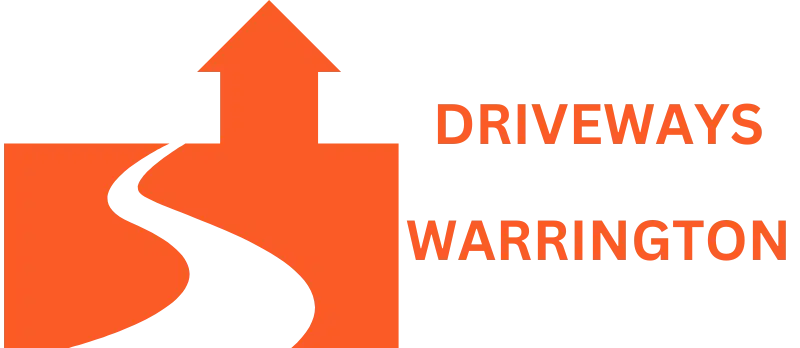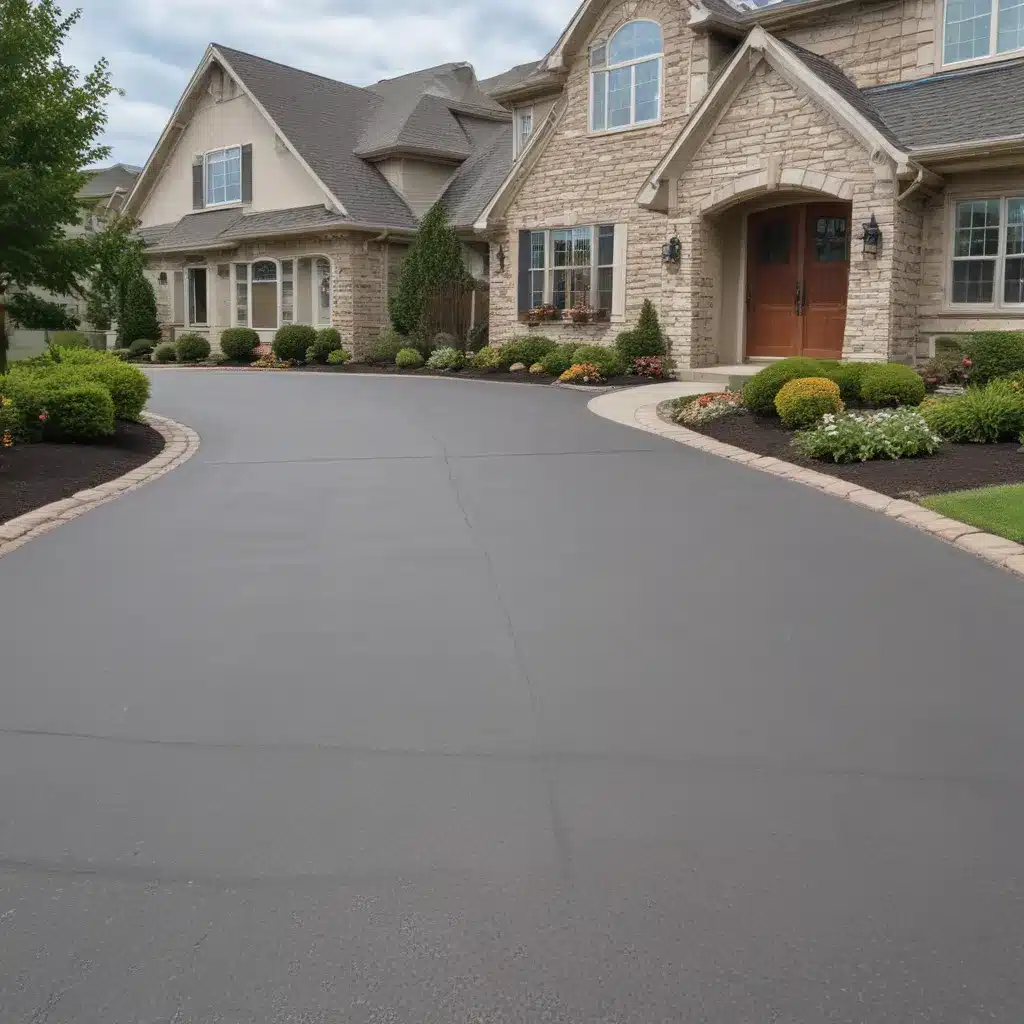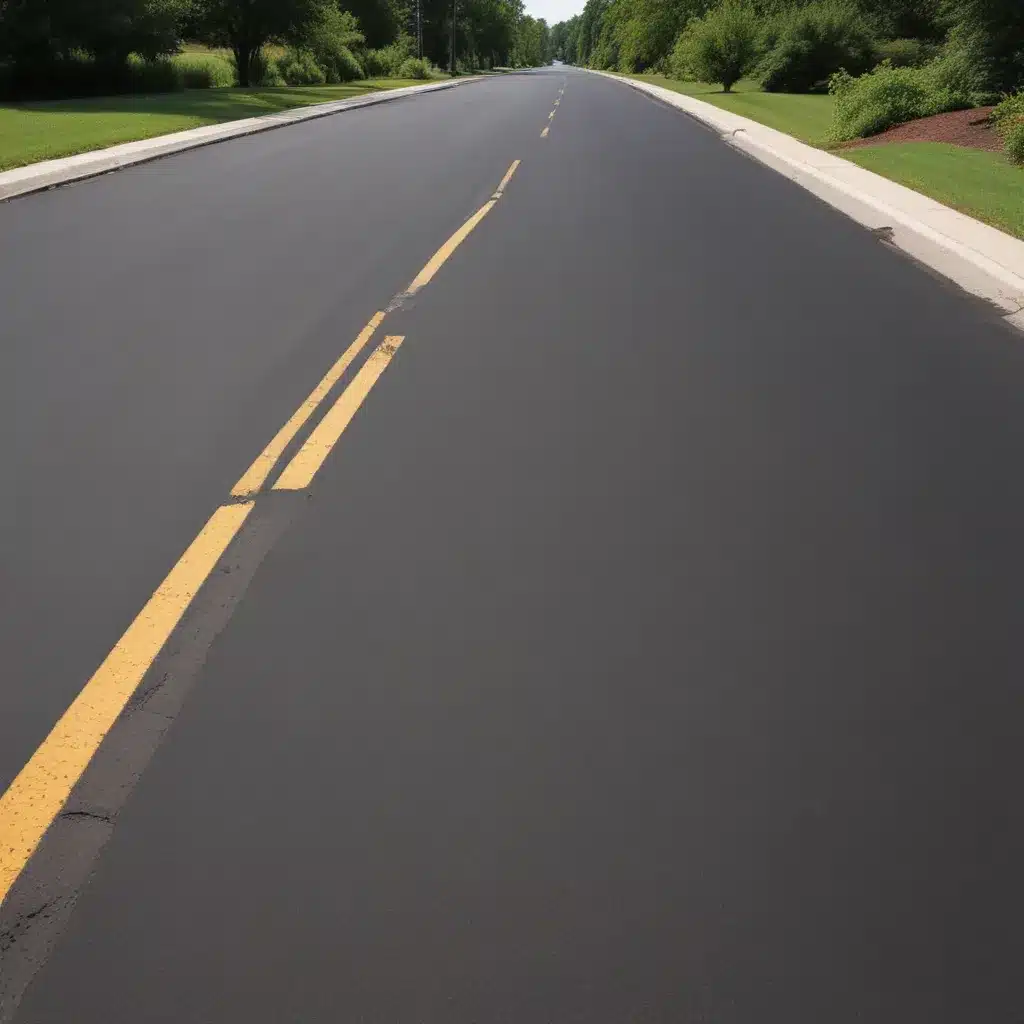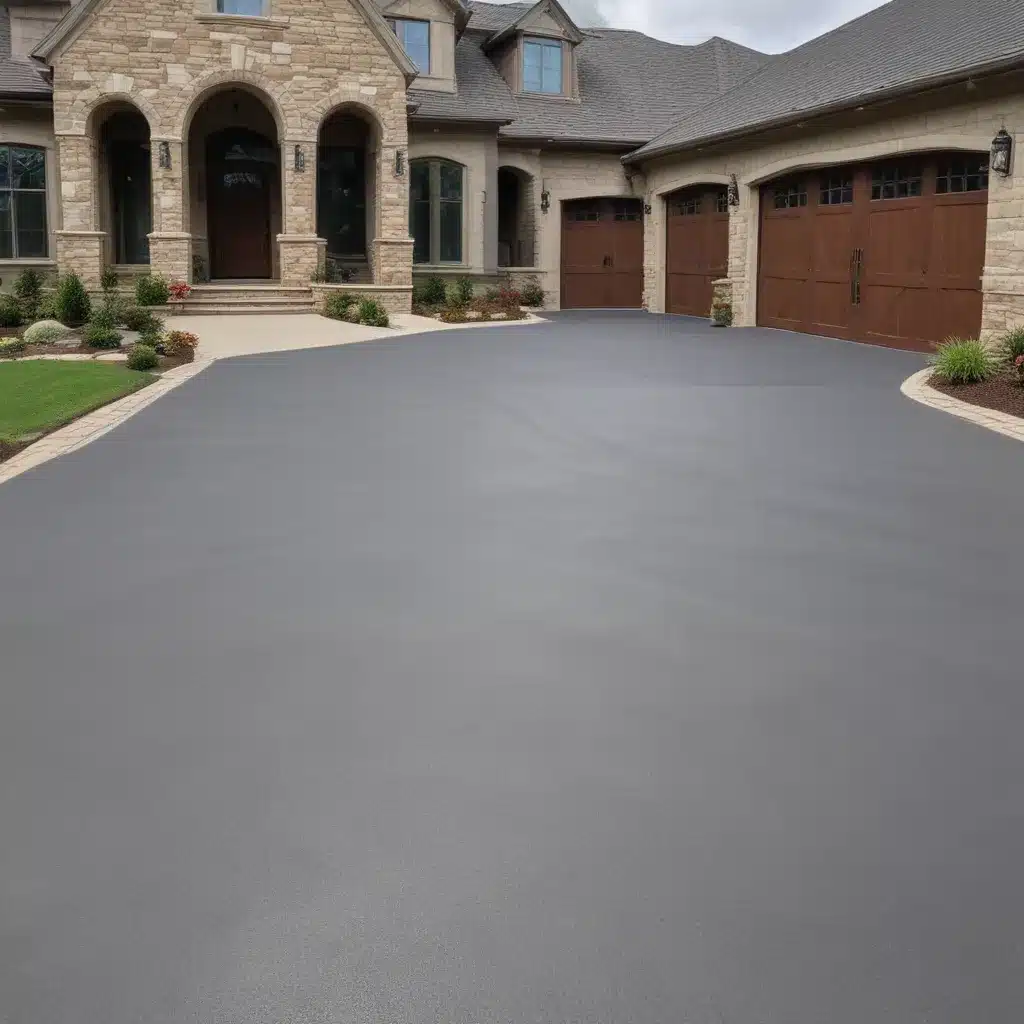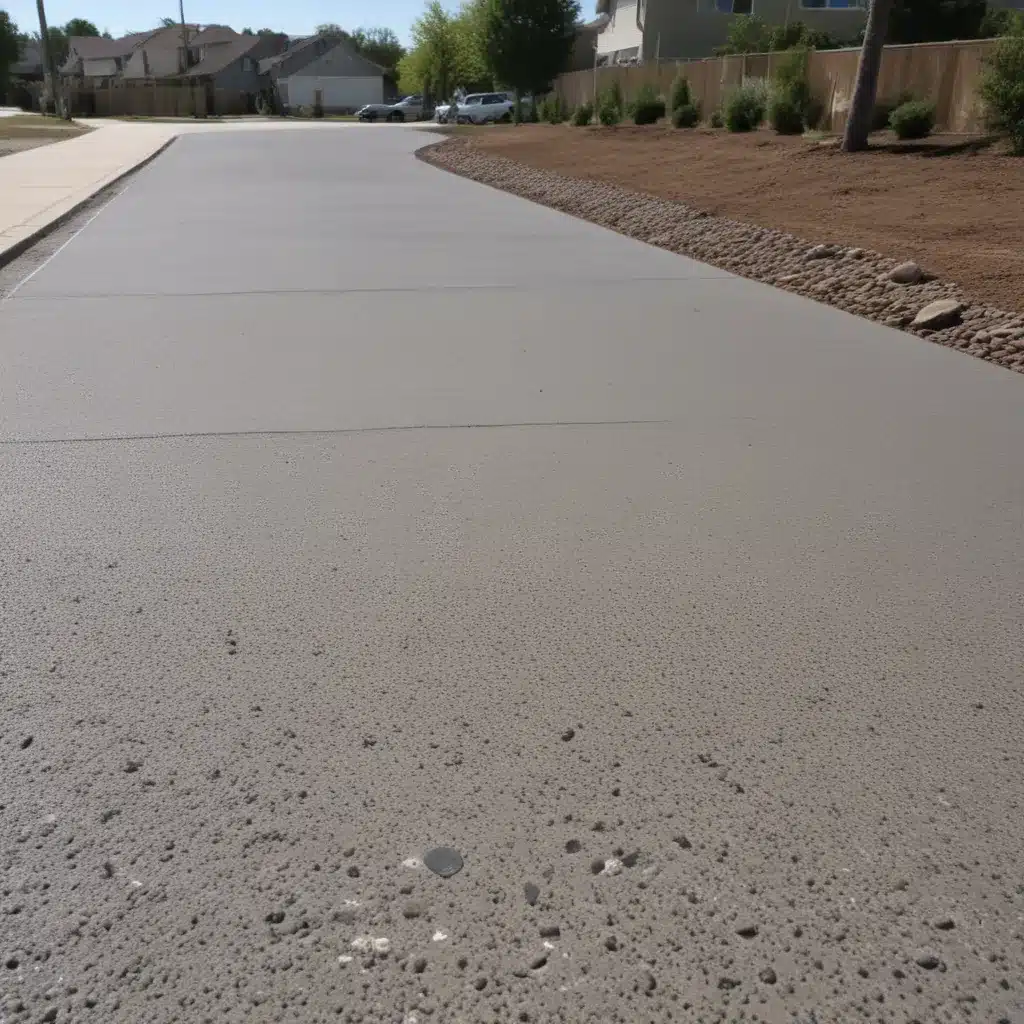The Art of Driveway Design: Harmonizing Your Home’s Look
As a homeowner, I understand the importance of creating a cohesive and visually appealing outdoor space. Your driveway plays a crucial role in this, as it serves as the gateway to your home and sets the tone for the entire property. But how do you ensure your driveway complements your home’s exterior seamlessly? Join me on a journey of discovery as we explore the art of driveway design and uncover the secrets to building a driveway that perfectly coordinates with your home’s aesthetic.
Assessing Your Home’s Architectural Style
The first step in designing a driveway that harmonizes with your home’s exterior is to understand the architectural style of your property. Is your home a stately colonial, a cozy craftsman, or a sleek, modern abode? Identifying the predominant design elements, materials, and colors used in your home’s façade will be your guiding light as you begin to conceptualize your driveway.
For example, if you have a charming, traditional-style home with natural stone accents and a prominent roof, you might consider a driveway made of weathered flagstone or brick pavers. This would complement the rustic, earthy tones and textured surfaces of your home’s exterior. On the other hand, if your home boasts a contemporary, minimalist aesthetic with clean lines and a neutral color palette, a smooth, grey concrete driveway or a sleek, interlocking paver system might be the perfect match.
By carefully aligning your driveway design with the architectural style of your home, you can create a seamless and cohesive outdoor space that leaves a lasting impression on your visitors.
Embracing Your Home’s Color Palette
Your home’s color palette is another crucial element to consider when designing your driveway. The hues and tones used on the exterior of your home can significantly influence the choice of driveway materials and finishes.
For instance, if your home features warm, earthy tones like beige, tan, or terracotta, you might opt for a driveway made of natural stone, such as travertine or limestone, which would echo those rich, inviting colors. Alternatively, if your home’s exterior is painted in cool, monochromatic shades like gray or blue, a sleek, contemporary driveway made of concrete or asphalt might be the perfect complement.
Remember, the key is to find a driveway material and color that seamlessly blends with your home’s existing palette, creating a cohesive and visually harmonious outdoor space.
Incorporating Complementary Landscaping
Once you’ve determined the architectural style and color palette of your home, it’s time to consider the role of landscaping in your driveway design. The plants, trees, and other greenery surrounding your driveway can have a significant impact on the overall appearance and feel of your outdoor space.
For instance, if you have a lush, natural garden with abundant foliage, you might consider a more rustic, permeable driveway material like gravel or pavers, which would allow the plants to thrive and create a more organic, earthy aesthetic. Conversely, if your home features a more formal, manicured landscape, a sleek, impermeable driveway material like concrete or asphalt might be the better choice, as it would provide a clean, sophisticated contrast to the carefully curated greenery.
By thoughtfully incorporating complementary landscaping elements, you can create a seamless and harmonious transition from your driveway to the rest of your property, further enhancing the overall design and curb appeal of your home.
Exploring Driveway Material Options
Now that you’ve considered the architectural style, color palette, and landscaping elements of your home, it’s time to explore the various driveway material options available. Each material has its own unique characteristics, advantages, and considerations, so it’s important to carefully weigh your options.
One popular choice is asphalt, which offers a smooth, sleek appearance and is relatively budget-friendly. Asphalt can be easily customized with different aggregate mixes and sealants to complement your home’s color scheme. However, it may not be the most durable option, and it can require more maintenance over time.
Another option is concrete, which is known for its longevity and customizable appearance. Concrete can be tinted, stamped, or textured to mimic the look of natural stone or brick, making it a versatile choice for coordinating with your home’s exterior. It’s also a low-maintenance option, but it can be more expensive than asphalt.
For a more natural, rustic aesthetic, you might consider using natural stone, such as flagstone, cobblestone, or pavers. These materials can create a beautiful, textured surface that complements traditional and historic architectural styles. However, they may require more specialized installation and can be more costly than other options.
Gravel is another popular choice for homeowners looking to achieve a more organic, informal look. Gravel driveways can be tailored to your desired color and texture, and they’re generally more permeable than other materials, which can be beneficial for drainage. However, gravel may require more maintenance, as the stones can shift or become displaced over time.
Ultimately, the choice of driveway material will depend on your budget, the architectural style of your home, and your personal aesthetic preferences. By carefully weighing the pros and cons of each option, you can make an informed decision that will result in a driveway that truly complements your home’s exterior.
Incorporating Unique Design Elements
Once you’ve selected the appropriate driveway material, it’s time to explore ways to incorporate unique design elements that will truly make your driveway stand out. These small details can have a significant impact on the overall look and feel of your outdoor space.
One way to add visual interest is to incorporate patterns or designs into your driveway. This can be achieved by using different paving materials, such as banding the driveway with a contrasting color or texture. Alternatively, you could opt for a herringbone or basket-weave pattern to create a more dynamic and eye-catching surface.
Another design element to consider is the use of decorative borders or edging. Incorporating a low-profile retaining wall, decorative pavers, or even a row of plants can help define the boundaries of your driveway and add a touch of elegance to the overall design.
If you’re feeling particularly adventurous, you might even consider incorporating water features, such as a small fountain or a series of shallow pools, into your driveway design. These elements can not only add visual interest but also help to cool the surrounding area and provide a soothing, calming ambiance.
Remember, the key to successful driveway design is to strike a balance between functionality and aesthetics. By incorporating unique design elements that complement your home’s exterior, you can create an outdoor space that is both visually appealing and highly practical.
Prioritizing Functionality and Sustainability
While the aesthetic appeal of your driveway is undoubtedly important, it’s also crucial to consider the practical and sustainable aspects of your design. After all, your driveway needs to be both beautiful and functional, serving as a reliable and environmentally-friendly entryway to your home.
One important factor to consider is the slope and drainage of your driveway. Proper grading and the use of permeable materials, such as porous pavement or permeable pavers, can help to minimize the risk of water pooling and ensure efficient drainage. This not only enhances the overall appearance of your driveway but also helps to prevent damage to your home’s foundation and landscaping.
Another key consideration is the durability and lifespan of your driveway material. Choosing a high-quality, long-lasting material can save you time and money in the long run, as it will require less maintenance and fewer repairs over the years. Additionally, some materials, such as concrete or asphalt, can be recycled or repurposed at the end of their lifespan, making them a more sustainable choice.
Finally, it’s important to think about the environmental impact of your driveway design. Incorporating eco-friendly elements, such as permeable surfaces, native plantings, or even solar-powered lighting, can help to reduce your carbon footprint and contribute to the overall sustainability of your outdoor space.
By prioritizing functionality and sustainability in your driveway design, you can create a practical and environmentally-friendly entryway that complements the beauty and character of your home.
Maintenance and Longevity Considerations
As with any investment in your home, it’s essential to consider the long-term maintenance and longevity of your driveway design. After all, you want your driveway to not only look beautiful but also withstand the test of time and the elements.
Regular maintenance, such as sealing, cleaning, and minor repairs, can go a long way in preserving the appearance and integrity of your driveway. Depending on the material you choose, you may need to reseal the surface every few years or address cracks or potholes as they emerge. By staying on top of these maintenance tasks, you can ensure your driveway continues to look its best for years to come.
It’s also important to consider the lifespan of your driveway material. Some materials, like asphalt, may need to be replaced more frequently than others, such as concrete or natural stone. Understanding the expected lifespan of your chosen driveway material can help you plan for future replacement or renovation projects.
Additionally, you’ll want to consider the impact of climate and weather on your driveway. Extreme temperatures, heavy rain, or snowfall can all take a toll on your driveway over time. By selecting a material that is well-suited to your local climate and incorporating proper drainage, you can help ensure your driveway maintains its structural integrity and aesthetic appeal.
By prioritizing maintenance and longevity in your driveway design, you can create an outdoor space that not only complements your home’s exterior but also continues to provide a functional and visually appealing entryway for years to come.
Navigating the Driveway Installation Process
Once you’ve selected the perfect driveway material and design, it’s time to tackle the installation process. This can be a complex and often intimidating task, but with the right planning and preparation, you can ensure a smooth and successful project.
One of the first steps in the installation process is to carefully measure and mark the boundaries of your driveway. This will help you determine the necessary materials and ensure that your new driveway fits seamlessly within the existing landscape. It’s also important to consider any local zoning or building codes that may impact the size, placement, or materials used in your driveway.
Next, you’ll need to prepare the site by removing any existing vegetation, debris, or unstable soil. This may involve excavation, grading, and the installation of a solid, compacted base to provide a stable foundation for your driveway. Depending on the material you’ve chosen, you may also need to install specific underlayment or drainage systems to ensure the longevity and functionality of your driveway.
When it comes time to actually install the driveway, it’s often best to work with a experienced professional. A reputable driveway contractor can not only ensure the proper installation of your chosen material but also provide valuable insights and recommendations based on their expertise. They can also help you navigate any permitting or regulatory requirements and ensure that your driveway meets all necessary safety and building standards.
Remember, the installation process can be time-consuming and may require the temporary closure of your driveway. Be prepared to make alternative parking arrangements during this time and to work closely with your contractor to minimize any disruptions to your daily routine.
By carefully planning and executing the driveway installation process, you can ensure that your new outdoor entryway not only looks beautiful but also functions flawlessly for years to come.
The Importance of Curb Appeal and Resale Value
As you embark on the journey of designing and building your dream driveway, it’s important to consider the broader implications of your investment. Beyond the immediate visual appeal and functionality of your outdoor space, your driveway can also have a significant impact on the overall curb appeal and resale value of your home.
Curb appeal is the first impression your home makes on potential buyers, and a well-designed driveway can play a crucial role in creating a positive and lasting impact. A beautifully coordinated driveway that complements the architectural style and color palette of your home can significantly boost your home’s curb appeal, making it more inviting and visually appealing to potential buyers.
Moreover, a thoughtfully designed and well-maintained driveway can also contribute to the resale value of your home. Homebuyers often place a high value on the condition and appearance of a home’s exterior, including the driveway, as it can be seen as a reflection of the overall care and attention the property has received.
By investing in a driveway that not only enhances the visual appeal of your home but also demonstrates your commitment to maintaining a well-kept and functional outdoor space, you can potentially increase the value of your property and make it more attractive to potential buyers when the time comes to sell.
Remember, the driveway is often the first thing visitors and potential buyers see when approaching your home, so it’s essential to ensure that it leaves a lasting, positive impression that aligns with the overall aesthetic of your property.
Embracing the Journey of Driveway Design
Designing and building a driveway that seamlessly coordinates with your home’s exterior is a journey filled with creativity, exploration, and a deep appreciation for the interplay between form and function. As you embark on this endeavor, I encourage you to embrace the process, immerse yourself in the details, and let your personal style shine through.
Remember, your driveway is not just a utilitarian feature; it’s an extension of your home’s character and a reflection of your unique design sensibilities. By carefully considering the architectural style, color palette, and landscaping elements of your property, you can create an outdoor space that truly captivates and delights all who encounter it.
Along the way, don’t be afraid to experiment, to challenge conventional ideas, and to incorporate unexpected design elements that speak to your personal preferences. After all, the true joy of driveway design lies in the process of discovery, where you can unleash your creativity and collaborate with skilled professionals to bring your vision to life.
So, embrace the journey, trust your instincts, and be prepared to be pleasantly surprised by the transformative power of a driveway that perfectly coordinates with your home’s exterior. The rewards of this endeavor will be manifold, from the immediate visual gratification to the long-term benefits of enhanced curb appeal and potential resale value.
At the end of the day, your driveway is not just a functional entryway – it’s a canvas upon which you can paint your unique vision for your home’s outdoor space. So, let your creativity soar, and let the world witness the harmonious union of your home’s exterior and your driveway design.
